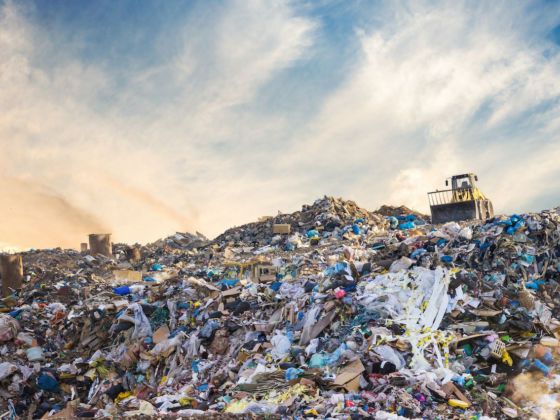5000 YEARS AGO, the first recorded landfill was built in the Cretan capital of Knossos. Garbage was buried in large pits and soil layered throughout. We’ve progressed since then.
With our creativity and technology, we’re now dealing with buried waste in an effort to make it safe for the environment. We’ve even found a way to harness the power from landfill gases released when organic materials decompose.
